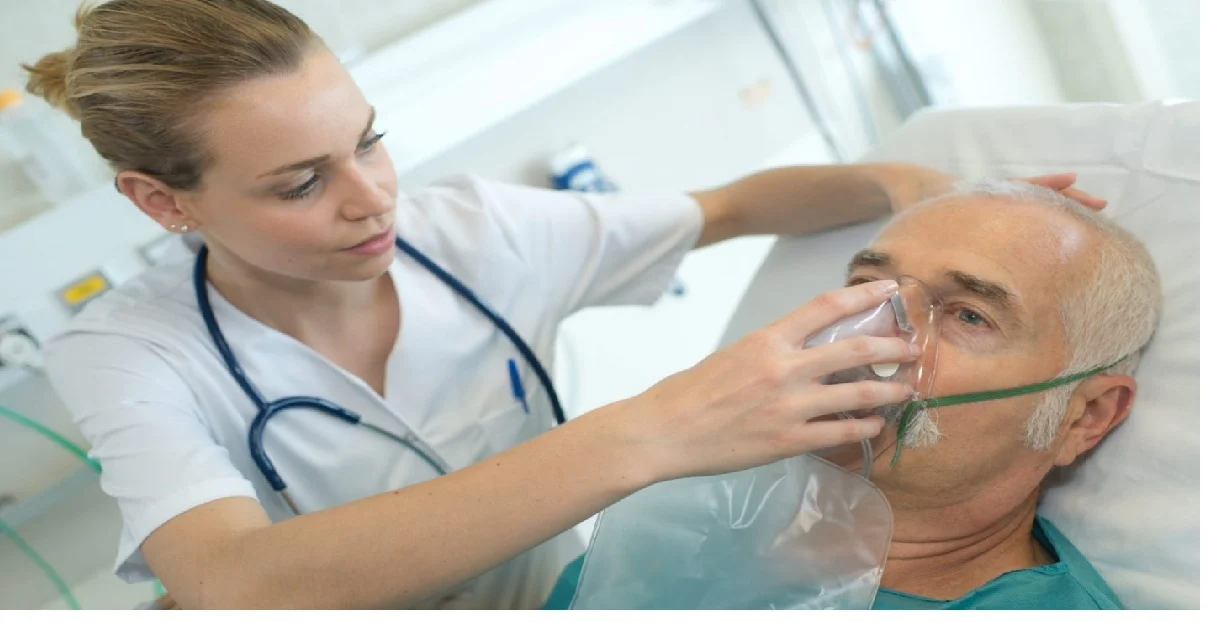The Benefits, Tips, Recommendations, and More
Exercise offers numerous health benefits, but for individuals with Chronic Obstructive Pulmonary Disease (COPD), engaging in physical activity can be challenging. The difficulty in breathing during vigorous exercise, coupled with the stress and anxiety of potentially losing breath, often discourages people with COPD from maintaining an active lifestyle. Fortunately, mindful breathing exercises and yoga provide safe and beneficial alternatives that promote physical fitness and offer meditation and stress relief, which are particularly advantageous for those with lung disease.
Lesley Williams, a Registered Respiratory Therapist at Apria with 35 years of experience, states, "Yoga offers a holistic approach for COPD patients, blending mindful breathing and gentle movement to enhance lung function, reduce stress, and improve overall well-being."
The Role of Yoga in Managing COPD
Yoga is an excellent option for low-impact exercise. The practice comprises two essential components: physical poses (asanas) and mindful breathing techniques (pranayama). Both elements are beneficial for maintaining physical and mental well-being, making yoga a holistic approach to health.
Benefits of Yoga for COPD Patients
Stress Relief and Mental Health: COPD patients are at a higher risk of depression and anxiety. Yoga techniques promote relaxation, psycho-emotional stability, and exercise tolerance, helping to alleviate these mental health challenges.
Improved Lung Function: A study published in the International Journal of Yoga demonstrated that COPD patients who engaged in yoga experienced better oxygen transfer from the lungs into the bloodstream, indicating enhanced lung function.
Physical Health Benefits: Yoga is known to reduce stress, lower blood pressure and heart rate, and promote weight loss, all of which are beneficial for overall health and particularly important for individuals with COPD.
Yoga Breathing Techniques for COPD
Breathing is at the core of yoga practice. Here are some effective pranayama techniques for COPD patients:
Dirgha Three-Part Breath: This technique involves taking a slow, three-part breath—filling the lower part of the lungs, then the middle, and finally the upper part—before slowly emptying the lungs. Repeat this process for five minutes to enhance lung capacity and promote relaxation.
Kapalbhati Breathing: Slowly inhale through the nostrils, then forcefully exhale through both nostrils. As you exhale, pull your stomach muscles in. Practice 3-5 rounds on each side by alternately covering one nostril.
Bellows Breath: Forcefully and quickly inhale through the nose and then exhale through the nostrils. Alternate nostrils by covering one side, practicing 3-5 rounds on each side.
Sama Vritti (Equal Breathing): Inhale for four seconds, hold for four seconds, and then exhale for four seconds. This technique helps to stabilize breathing patterns and promote calmness.
Yoga Poses for COPD
In addition to breathing exercises, certain yoga poses can be particularly beneficial for individuals with COPD:
Mountain Pose: Stand with your feet hip-width apart and arms at your sides. Inhale as you raise your arms overhead, stretching towards the ceiling. Exhale as you lower your arms back down to your sides. This pose helps improve posture and balance.

Warrior Pose: From standing, step your left foot back and point your toes slightly outward. Stand with your feet far enough apart so that you are in a lunge-like stance but close enough that you still feel stable. Bend your front knee (right knee) and keep your weight in that leg, your back leg should remain straight. Raise your arms so that they are at shoulder height and parallel to the ground. Breathe in this pose for several breaths and then switch sides. This pose strengthens the legs and opens up the chest, improving lung capacity and overall stamina.

Upward Facing Dog: Lie face down on the ground and place your hands next to your ribs, facing forward. Keeping the tops of your feet flat on the ground, slowly push down on your hands and lift your chest upwards as you inhale. Stay in this position for several breaths. This backbend pose stretches the chest and lungs, enhancing respiratory function.

Locust Pose: Lying face down, lift your legs and chest off the ground. This pose strengthens the back muscles and improves lung function.

Easy Pose: Sit cross-legged with your hands resting on your knees. Focus on your breathing, promoting relaxation and mental clarity.

Finding safe and effective ways to stay active is crucial for people with COPD. Yoga offers a comprehensive approach, including physical exercise, mindful breathing, and mental relaxation. By incorporating yoga into their routine, individuals with COPD can improve their lung function, reduce stress and anxiety, and enhance their overall quality of life. Always consult a healthcare provider before starting any new exercise regimen to ensure it is safe and suitable for your health needs.
References
Association, American Lung. “Yoga, Tai Chi and Your Lungs: The Benefits of Breathing through Exercise.” American Lung Association, September 26, 2017.
Liu, Xun-Chao, Lei Pan, Qing Hu, Wei-Ping Dong, Jun-Hong Yan, and Liang Dong. “Effects of Yoga Training in Patients with Chronic Obstructive Pulmonary Disease: A Systematic Review and Meta-Analysis.” Journal of thoracic disease, June 2014.
Soni, Ritu, Kanika Munish, Kp Singh, and Savita Singh. “Study of the Effect of Yoga Training on Diffusion Capacity in Chronic Obstructive Pulmonary Disease Patients: A Controlled Trial.” International journal of yoga, July 2012.
Werner, Carly. “Yoga Poses for COPD: 10 Pranayama and Asana Practices.” Healthline, April 5, 2024.
LEGAL DISCLAIMER: Material in this newsletter is provided for general health education and informational purposes and to provide references to other resources only; it may not apply to you as an individual. While Apria Healthcare believes that the information provided through this communication is accurate and reliable, Apria Healthcare cannot and does not make any such guarantee. It is not intended to be a replacement for professional medical advice, evaluation, diagnosis, services or treatment (collectively, “medical treatment”). Please see your healthcare provider for medical treatment related to you and your specific health condition(s). Never disregard medical advice or delay seeking medical care because of something you have read on or accessed through this website. Reading this newsletter should not be construed to mean that you have a healthcare provider/patient relationship.

%20(1).jpg?width=1120&height=376&name=AD-NewsletterBanner-RhythmPOCs%20(1)%20(1).jpg)



.png)
